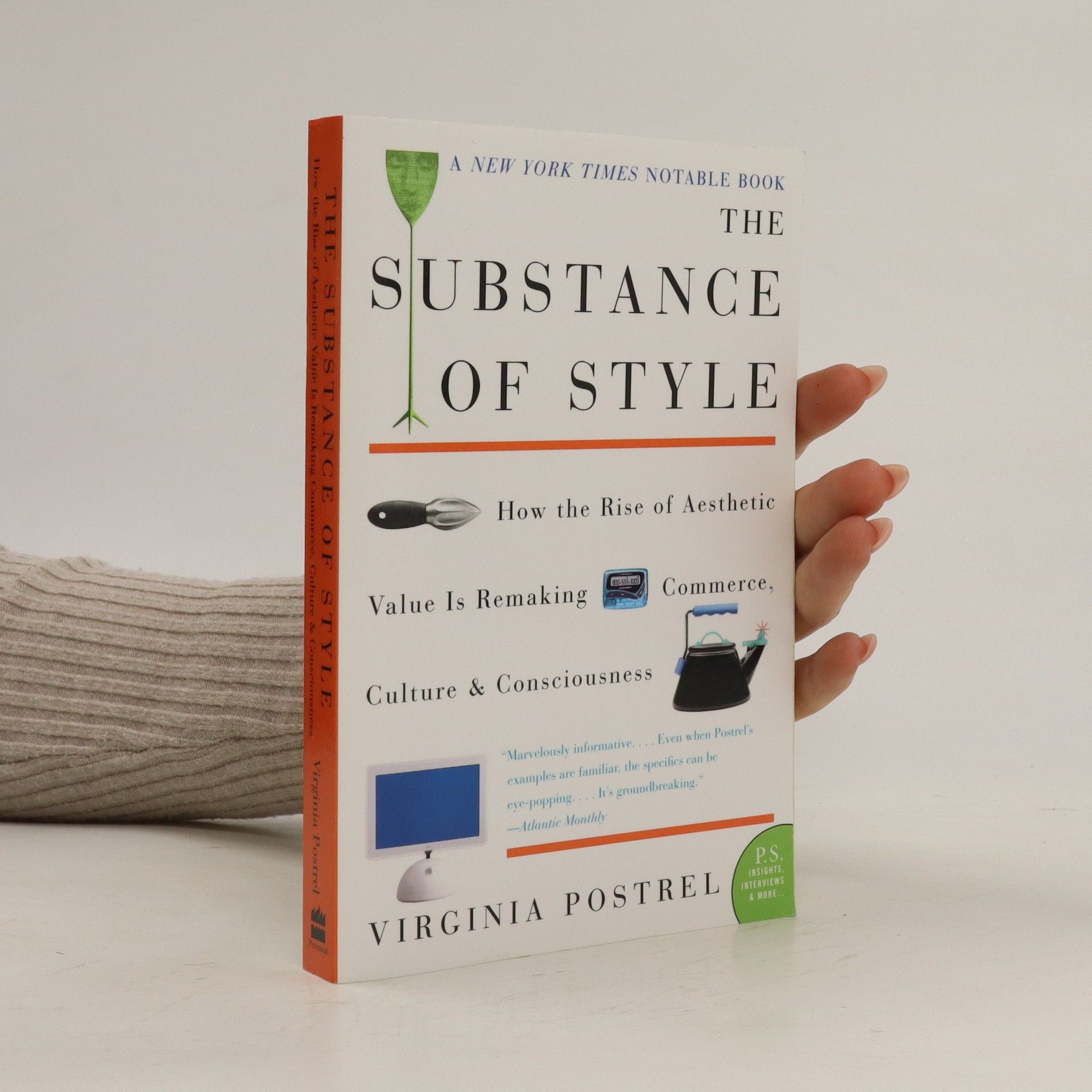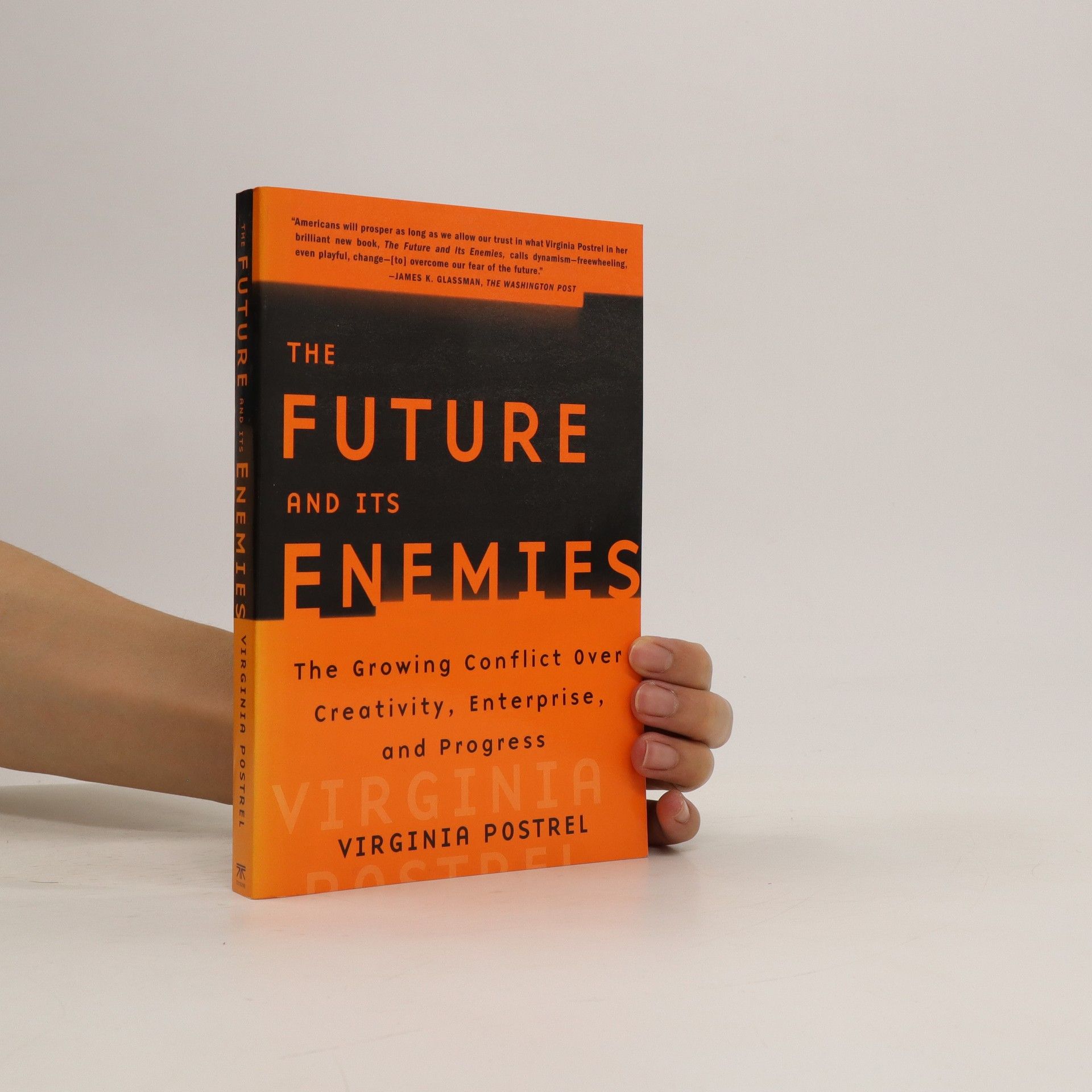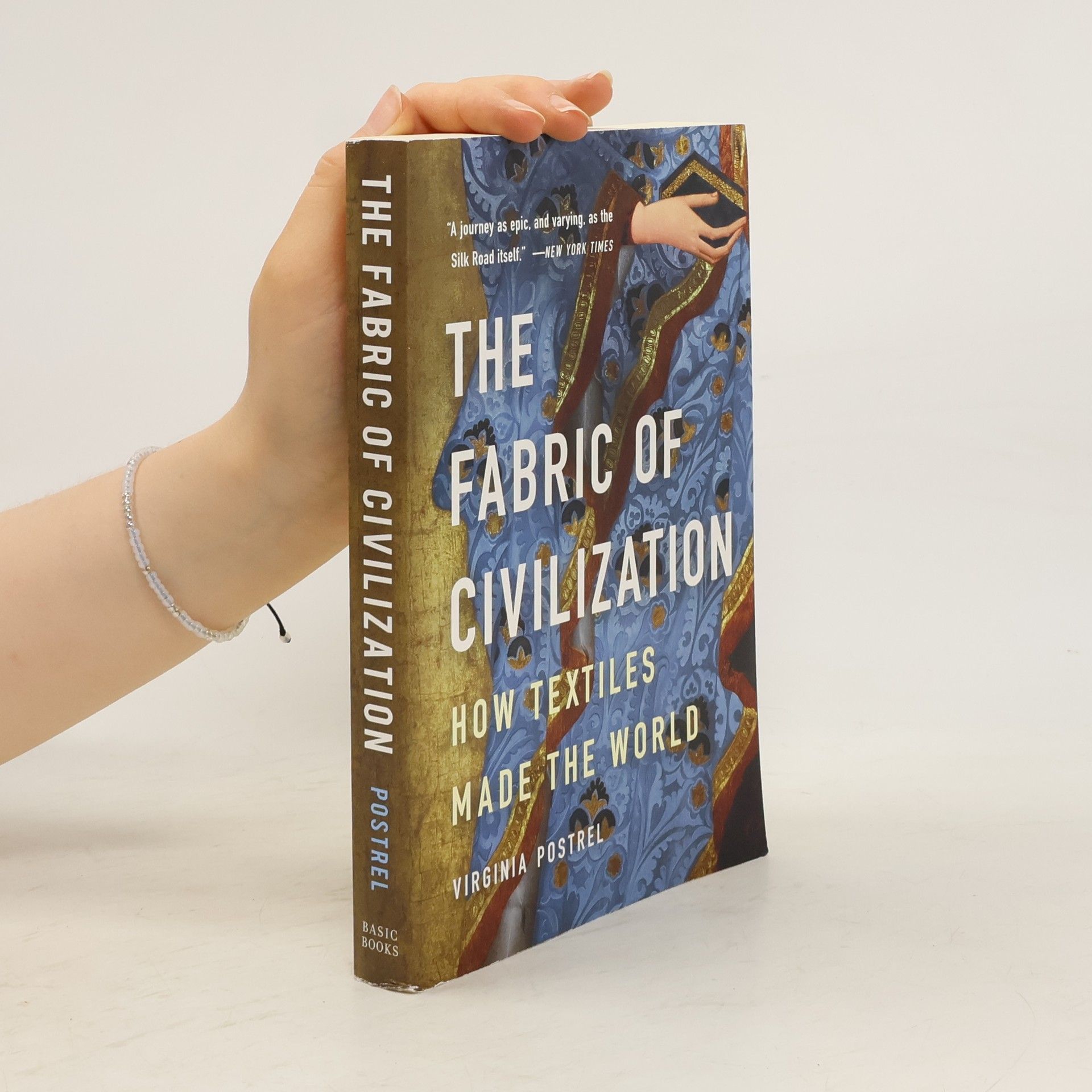What is it that creates that pleasurable pang of desire—the feeling of “if only”? If only I could wear those clothes, belong to that group, drive that car, live in that house, be (or be with) that person? Postrel identifies the three essential elements in all forms of glamour and explains how they work to create a distinctive sensation of projection and yearning. The Power of Glamour is the very first book to explain what glamour really is—not just style or a personal quality but a phenomenon that reveals our inner lives and shapes our decisions, large and small. By embodying the promise of a different and better self in different and better circumstances, glamour stokes ambition and nurtures hope, even as it fosters sometimes-dangerous illusions. From vacation brochures to military recruiting ads, from the Chrysler Building to the iPad, from political utopias to action heroines, Postrel argues that glamour is a seductive cultural force. Its magic stretches beyond the stereotypical spheres of fashion or film, influencing our decisions about what to buy, where to live, which careers to pursue, where to invest, and how to vote. The result is myth shattering: a revelatory theory that explains how glamour became a powerful form of nonverbal persuasion, one that taps into our most secret dreams and deepest yearnings to influence our everyday choices.
Virginia Postrel Boeken




From Neanderthal string to 3D knitting, an "expansive" global history that highlights "how textiles truly changed the world" (Wall Street Journal) The story of humanity is the story of textiles--as old as civilization itself. Since the first thread was spun, the need for textiles has driven technology, business, politics, and culture. In The Fabric of Civilization, Virginia Postrel synthesizes groundbreaking research from archaeology, economics, and science to reveal a surprising history. From Minoans exporting wool colored with precious purple dye to Egypt, to Romans arrayed in costly Chinese silk, the cloth trade paved the crossroads of the ancient world. Textiles funded the Renaissance and the Mughal Empire; they gave us banks and bookkeeping, Michelangelo's David and the Taj Mahal. The cloth business spread the alphabet and arithmetic, propelled chemical research, and taught people to think in binary code. Assiduously researched and deftly narrated, The Fabric of Civilization tells the story of the world's most influential commodity. "We are taken on a journey as epic, and varying, as the Silk Road itself.... [The Fabric of Civilization is] like a swatch of a Florentine Renaissance brocade: carefully woven, the technique precise, the colors a mix of shade and shine and an accurate representation of the whole cloth." --New York Times "Textile-making hasn't gotten enough credit for its own sophistication, and for all the ways it undergirds human technological innovation--an error Virginia Postrel's erudite and complete book goes a long way toward correcting at last." --Wired
The Future and Its Enemies
- 288bladzijden
- 11 uur lezen
Today we have greater wealth, health, opportunity, and choice than at any time in history. Yet a chorus of intellectuals and politicians laments our current condition -- as slaves to technology, coarsened by popular culture, and insecure in the face of economic change. The future, they tell us, is dangerously out of control, and unless we precisely govern the forces of change, we risk disaster. In The Future and Its Enemies, Virginia Postrel explodes the myths behind these claims. Using examples that range from medicine to fashion, she explores how progress truly occurs and demonstrates that human betterment depends not on conformity to one central vision but on creativity and decentralized, open-ended trial and error. She argues that these two opposing world-views -- "stasis" vs. "dynamism" -- are replacing "left" and "right" to define our cultural and political debate as we enter the next century. In this bold exploration of how civilizations learn, Postrel heralds a fundamental shift in the way we view politics, culture, technology, and society as we face an unknown -- and invigorating -- future.
The Substance of Style
- 272bladzijden
- 10 uur lezen
Whether it's sleek leather pants, a shiny new Apple computer, or a designer toaster, we make important decisions as consumers every day based on our sensory experience. Sensory appeals are everywhere, and they are intensifying, radically changing how Americans live and work. The twenty-first century has become the age of aesthetics, and whether we realize it or not, this influence has taken over the marketplace, and much more. In this penetrating, keenly observed book, Virginia Postrel makes the argument that appearance counts, that aesthetic value is real. Drawing from fields as diverse as fashion, real estate, politics, design, and economics, Postrel deftly chronicles our culture's aesthetic imperative and argues persuasively that it is a vital component of a healthy, forward-looking society. Intelligent, incisive, and thought-provoking, The Substance of Style is a groundbreaking portrait of the democratization of taste and a brilliant examination of the way we live now.